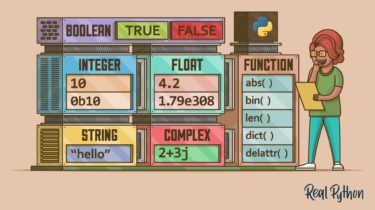Tips for Handling Imbalanced Data in Machine Learning
Image created by Author using Midjourney Introduction Imperfect data is the norm rather than the exception in machine learning. Comparably common is the binary class imbalance when the classes in a trained data remains majority/minority class, or is moderately skewed. Imbalanced data can undermine a machine learning model by producing model selection biases. Therefore in the interest of model performance and equitable representation, solving the problem of imbalanced data during training and evaluation is paramount. This article will define imbalanced […]
Read more



